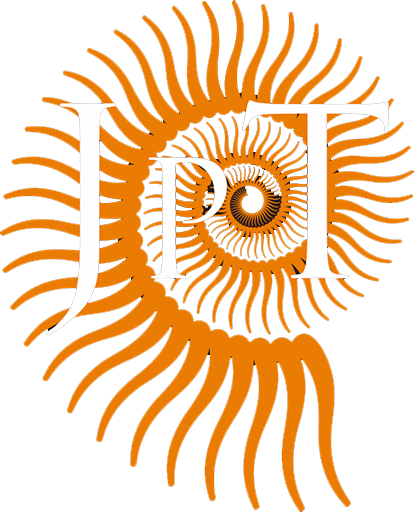JPT No. 10 – 3-Dimensional reproduction techniques to preserve and spread paleontological material – a case study with a diplodocid sauropod neck
Tschopp, Emanuel1,2 and Dzemski, Gordon3
1- CICEGe, Faculdade de Ciências e Tecnologia, FCT, Universidade Nova de Lisboa, 2829-516 Caparica, Portugal
2- Museu da Lourinhã, Rua João Luis de Moura, 2530-158 Lourinhã, Portugal.
3- Institut für Biologie und Ihre Didaktik, Universität Flensburg, Germany.
ABSTRACT
The protection and preservation of irrecoverable, sensitive and fragile objects in museums, exhibitions and collections is critical in various research fields like cultural heritage, human sciences and paleontology. Lately, digitization of such endangered specimens proved to be a valuable tool to convert the objects into a digital form. However, in order to exploit all possibilities that such data could provide for educational and research purposes, it can be useful to transform the digital material back into a physical form. In this case study, a neck of a diplodocid sauropod dinosaur was digitally reproduced by 3D printing (a variant of rapid prototyping). The process is described in detail, and compared to the more classical reproduction using CNC-mills. CNC-milling is an inexpensive and accurate reproduction technology for large objects, and especially well-designed for producing durable casts. On the other hand, 3D printing is highly accurate to create small or complex objects, but is more expensive and yields more fragile physical objects. As accuracy of the complex shapes of the diplodocid cervical vertebrae was required in order to use them for research, 3D printing was preferred over CNC-milling in this case.
INTRODUCTION
Access to original material or specimens is limited for palaeontologists due to a number of reasons. Fossil material is rare and difficult to access (e.g. distance, museum policies, intense scientific interest). Fossil bones can be heavy or fragile to transport, or the desired element is mounted and on public display in a museum. Three-dimensional reproduction techniques therefore offer a great solution for archiving significant data of paleontological objects (Breithaupt et al., 2004; Remondino et al., 2005). Whereas in the early years of paleontology, physical casting of fossils has proved a valuable alternative way for researchers to undertake their investigations, as casts are usually lighter, less fragile, and easier to handle than original material, in the last 15 to 20 years alternative technologies have been developed to produce digital copies of original specimens (see Zollikofer and Ponce de León, 1995; Chapman et al., 1998; or Andersen et al., 2001 for some of the earliest attempts in Paleontology). Laser, x-ray, or magnet scanner, mechanical digitizers and photogrammetry methods transform matter into bits and bytes to create, manipulate, recreate and change objects assisted by a computer with editing software. For paleontological purposes the digital models can be stored and used for scientific research, spread via internet, or can be displayed virtually in museum exhibitions (Johnston et al., 2004; Mallison et al., 2009). Entire specimens can be measured providing accurate results for further research (Deck et al., 2004). Using simulation methods, bones can be articulated with each other without having to handle them manually – and thus without subjecting them to possible abrasion or damage due to real bone to bone contact (Chapman et al., 2001). They can be subjected to retrodeformation methods in order to re-establish a shape that is supposed to be closer to the original morphology (Motani et al., 2005; Kahzdan et al., 2009; Tschopp and Dzemski, in review now). Moreover, digital models of skeletal elements can be virtually connected with tendons and muscles to reconstruct the entire animal and to study in vivo motion patterns and biomechanical hypotheses (Walters et al., 2001; Bimber et al., 2002; Dzemski and Christian, 2007, 2010).
On the other hand, scientists often stress the importance of studying three-dimensional physical objects to manipulate them by hand and realize the dimensions of the dynamic elements. Physical models can furthermore be used for education and in museum exhibits, and have a great potential to indirectly protect the original objects (Mallison, 2007; Remondino, 2007; Schlader et al., 2007). Instead of the traditional casting process described above, there are now several ways to transform a digital object to a physical model. They can be subdivided into additive (layer by layer “printing”) and subtractive (e.g. carving, milling) techniques. The additive method used for this case study (3D printing), as well as CNC-milling as example for a subtractive technique will herein be described, and their usage, advantages, and possibilities will be compared and discussed regarding the reproduction of the neck of the diplodocid sauropod SMA 0004 for research purposes.
Abbreviations: CAD: Computer Aided Design; CAM: Computer Aided Manufacturing; CNC: Computer Numerical Controlled; SMA: Sauriermuseum Aathal, Switzerland; STL: Standard Triangulation Language (a file format for 3D models).
